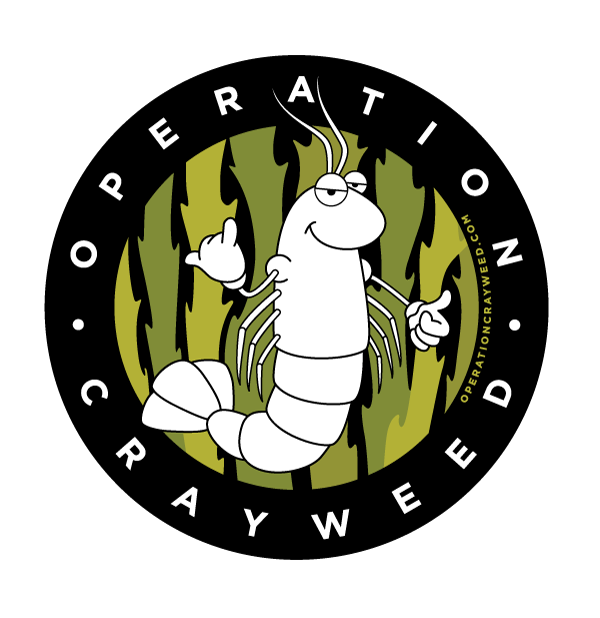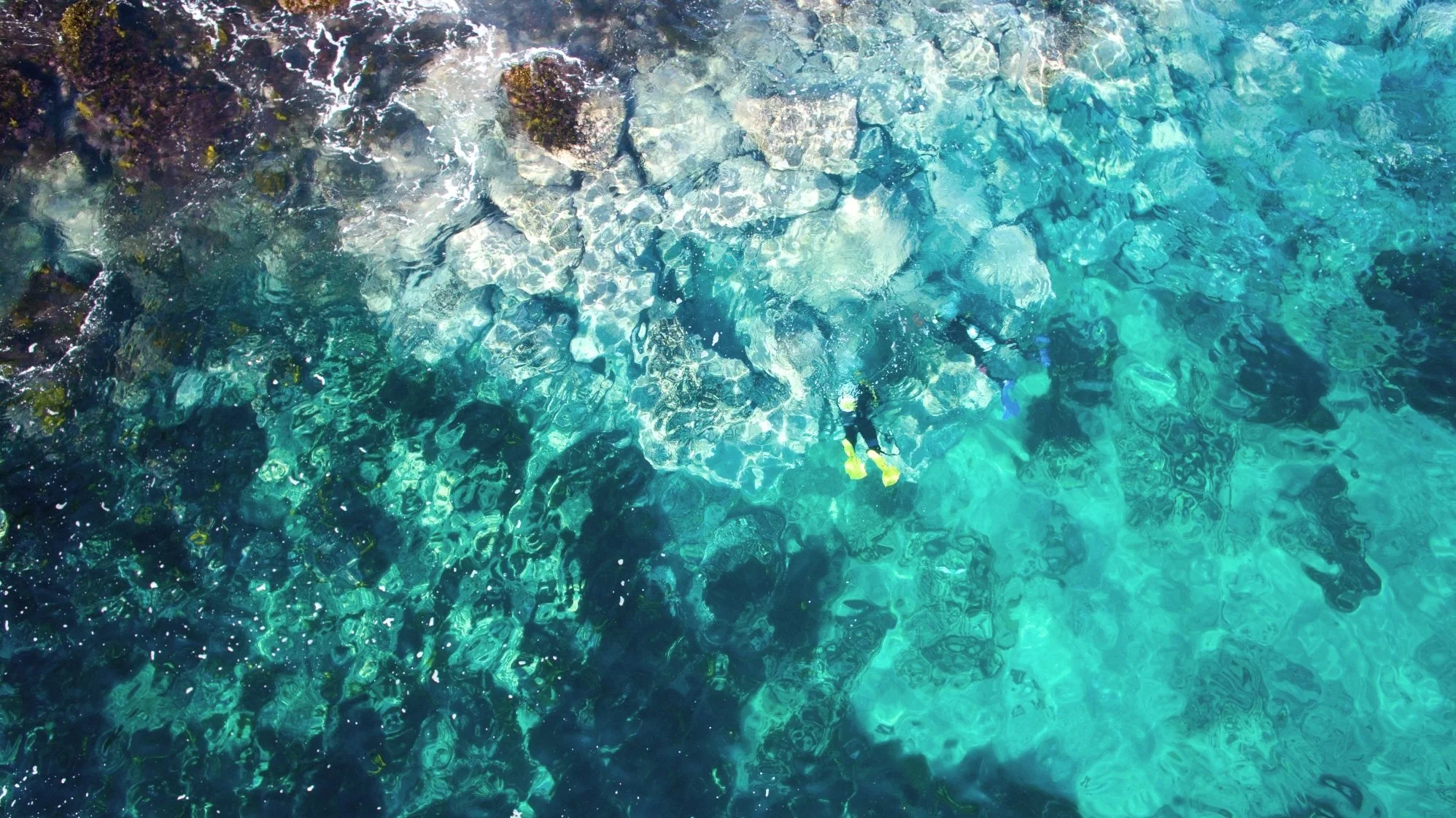Crayweed (Phyllospora comosa) is a big brown species (in the group Fucales) that used to dominate the Sydney coastline. The loss of crayweed across 70 km of its range went unnoticed and unreported in the scientific literature until 2008, when our team (Coleman et al. 2008) published an article describing a conspicuous gap in the distribution of crayweed in south-eastern Australia, matching the extent of the Sydney metropolitan area.
Our research has shown that crayweed supports unique biodiversity, including commercially important species like lobster and abalone (Marzinelli et al. 2014), specific assemblages of epifauna (Marzinelli et al. 2015) and microbial communities (Campbell et al. 2015) that are not associated with other co-occurring species of macroalgae. It also contributes to detritus in soft sediment habitats (Bishop et al. 2010), which underpins food webs of key fish species including mulloway and bream.
The local disappearance of crayweed from the most urbanised stretch of coastline on the Australian continent was linked to the high volumes of poorly treated sewage that used to flow onto Sydney’s shores before the construction of deep ocean outfalls in the 1990s. These outfalls and improvements in wastewater treatment practises have vastly increased water quality around Sydney since the 1980s (Scanes & Philip, 1995) but despite this, crayweed has failed to recover.
In our initial pilot experiments, we tested the hypothesis that today’s water quality along Sydney’s coastline is suitable for the survival of crayweed transplants. We transplanted crayweed from extant populations to the north and south of Sydney, back onto Sydney reefs with suitable control treatments, and we found that the transplanted crayweed not only survived similarly well to those in natural populations, but they reproduced more and had more babies (Campbell et al. 2014). Moreover, by restoring crayweed we also restored unique creatures associated with it, which are key components of biodiversity (Marzinelli et al. 2015).
Thus, by restoring seaweed populations, we have the potential to enhance coastal biodiversity, improving the ecological and economical value of marine environments around Sydney.
Operation Crayweed is a flagship project from the Sydney Institute of Marine Science.
This research has been funded by the NSW Department of Primary Industries under the Environmental Trust and Recreational Fishing Trust grants, the Australian Research Council, the Sim-Lutton and Breen Initiatives and the John T Reid Foundation, as well as the Evolution & Ecology Research Centre, UNSW Sydney and a large number of individuals - please see full list of supporters here.






